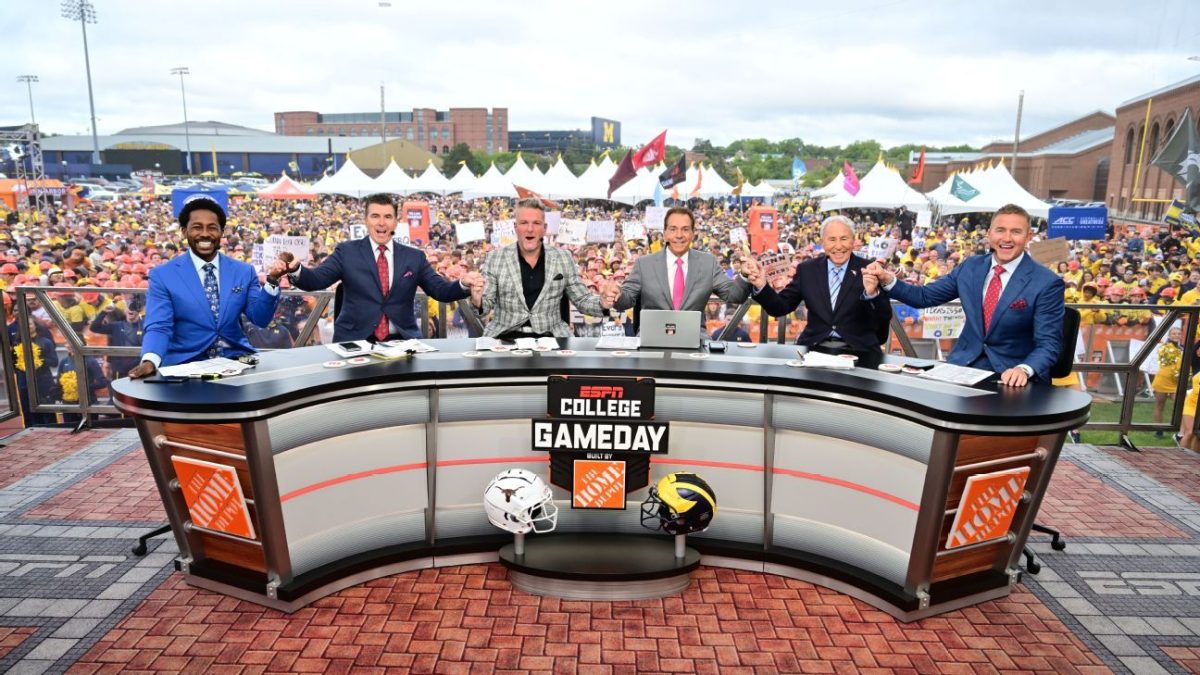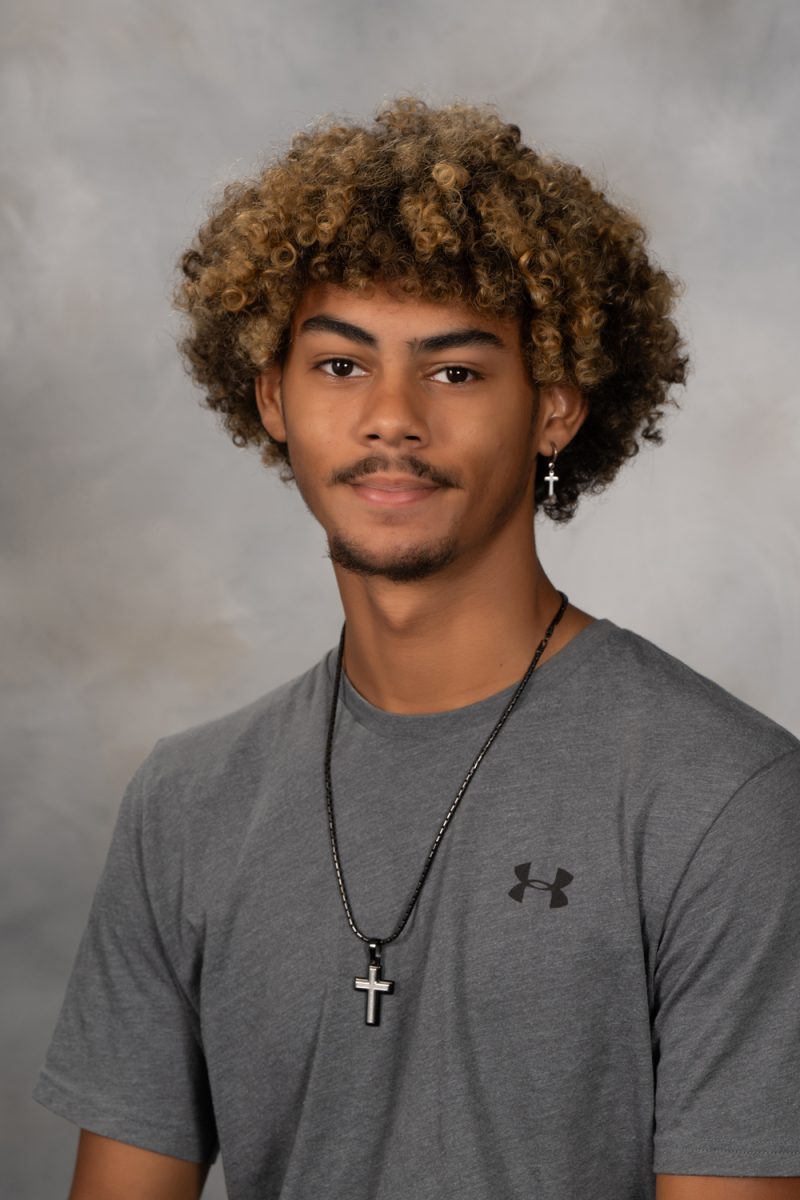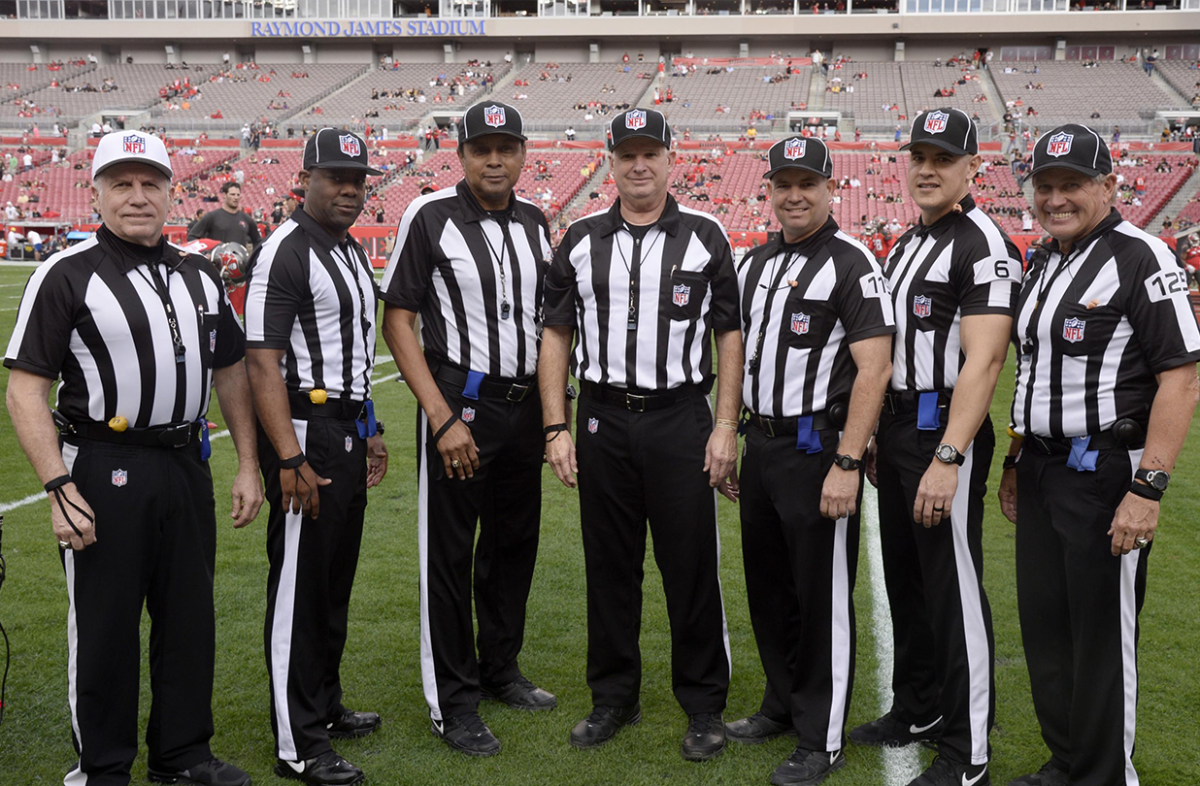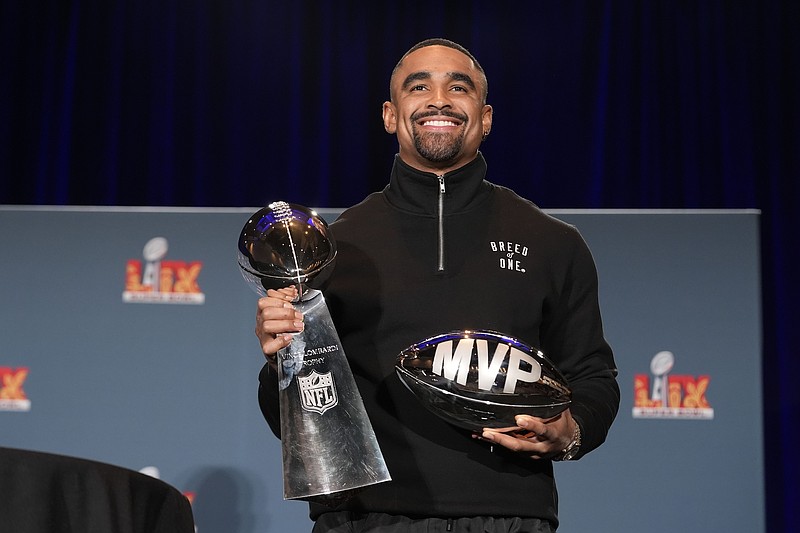The NFL Draft is one of the most exciting parts of the offseason, and it’s coming up soon on April 24-26! This is where a team can start fresh and have an optimistic outlook on the future, maybe snagging that one person who can make the team a championship contender. With plenty of college talent ready to take the next step in their careers, this is how I see the first four picks of the NFL draft unfolding.
I believe the Tennessee Titans, who ended the 2024-2025 season with a 3-14 record and cut many players loose at the start of the offseason, will select Cam Ward out of the University of Miami as the first pick in the NFL Draft. The Titans have been desperate for a franchise quarterback (a QB who will spend most of his career with one team) and have not directly addressed the problem, as Tennessee would opt to keep a bridge (or temporary) quarterback for two or three years, then nonrenew his contract and move to the next one with no commitment. This has been a losing formula, as the last three years have been 7-10, 6-11, and 3-14, but Cam Ward might just be the solution. This is because Ward possesses strong composure when the lights are brightest and elite arm talent both in the pocket and on the run, so he would bring the Titans exactly what they need. In his senior season at Miami, Ward led all college quarterbacks with 39 passing touchdowns, 4,313 passing yards (a Miami single-season record), and a 67.2% completion percentage, which set a new record for Miami.
As for the second pick in the NFL Draft, I have the Cleveland Browns (3-14) selecting Abdul Carter, an edge rusher out of Penn State. Since the Browns have re-signed edge rusher Myles Garrett–making him the second-highest paid non-QB in NFL history with a four-year, $160 million contract–it would make sense for the Browns to get Carter to play on the other side to create what could be the most dominant pair of defensive linemen in the NFL. As a Nittany Lion, Carter led the college football season with 68 tackles and 12 sacks. This is particularly notable because in the 2024-2025 season, Abdul Carter played outside linebacker (instead of his usual edge rusher) and had 45 tackles, 4.5 sacks, and an interception, displaying his versatility as a defensive player. I believe Carter will be the best rookie out of this class because he has the most NFL-ready talent, and the transition of positions in college will make the transition in the NFL not as hard.
Next up, I expect the New York Giants to pick Travis Hunter, a hybrid player (meaning he plays both offense and defense) who excelled as a cornerback and wide receiver at the University of Colorado at Boulder. During his two years at Colorado (he also played at Jackson State University for a year), he finished with 87 tackles (including 63 solo tackles and three tackles for a loss), nine interceptions for 99 yards and a defensive touchdown, 26 pass breakups, one forced fumble, and one fumble recovery. On offense, he finished his college career with 171 receptions for 2,167 yards and 24 touchdowns. All of this hard work did not go unnoticed, as Hunter won many awards during his college career, such as the Heisman Trophy and AP National Player of the Year. He was also recognized as the best defensive player in college with the Bednarik Award, the best receiver (the Biletnikoff Award), and the nation’s most versatile player, twice! (the Hornung Award). The only big concern for Hunter is if he will continue to play both sides of the ball against harder, more physical NFL teams and how it could take a toll on his body if he does.
With the fourth pick in the NFL Draft, I believe the New England Patriots will select Will Campbell, an offensive tackle from LSU. Although it’s not a flashy pick like a quarterback, a good offensive line is a key piece of a winning NFL roster. New England needs a good offensive line to protect Drake Maye, who the Patriots are optimistic will be their long-term quarterback, so he can have more time to throw the ball and learn the game as a young QB, and Campbell might fit the bill. Campbell stands at 6’6 and 320 pounds, but at the NFL Combine, he was rated an 8.8/10 on his athleticism score (third out of all offensive tackles), which shows how much talent and speed he has for his size. The hottest topic of discussion when it comes to Campbell is not about his game but the fact that he has short arms, which can be a problem at the NFL level. When asked about it, Campbell stated, “For two years, nobody had any measurements on me and nobody said anything about my play. So now, all of a sudden, an arm’s length decides if I’m a good player or not? I think it’s [crazy].” I agree with Campbell because film speaks much louder than measurables. Out of the 38 games Campbell could have played in his college career, he played 37, only missing one game his freshman year due to an illness; that healthy record is huge. In addition, he only allowed 5 sacks in 2,553 snaps over three seasons, including a 24-game streak without a sack. Campbell has been outstanding his entire college career, which led to him making the all-American team all three years and winning the award for best offensive lineman in the nation.
Some other notable draftees would be Omarion Hampton (UNC) and Ashton Jeanty (Boise State), who lead a deep running back class this year; Matthew Golden (Texas) and Teteroia McMillan (University of Arizona), who are the two best wide receivers (if Travis Hunter only plays cornerback); and Shadeur Sanders (University of Colorado) and Jackson Dart (Ole Miss), who are the only other first-round-caliber quarterbacks in this draft class.
Only time will tell if my predictions are right, but I’m fairly confident that this is how the draft will go. We’ll see in just a week which teams have found their new superstars!












